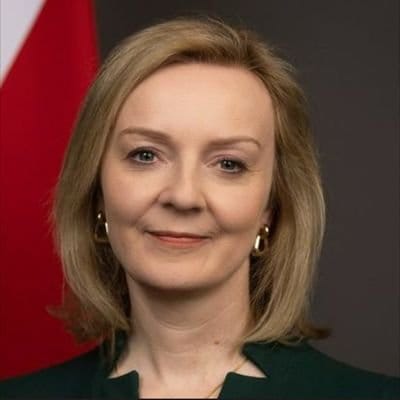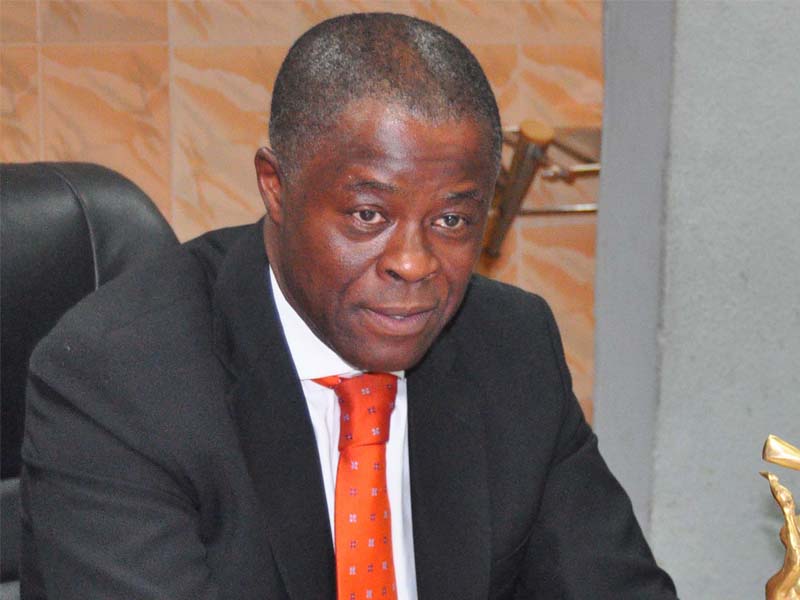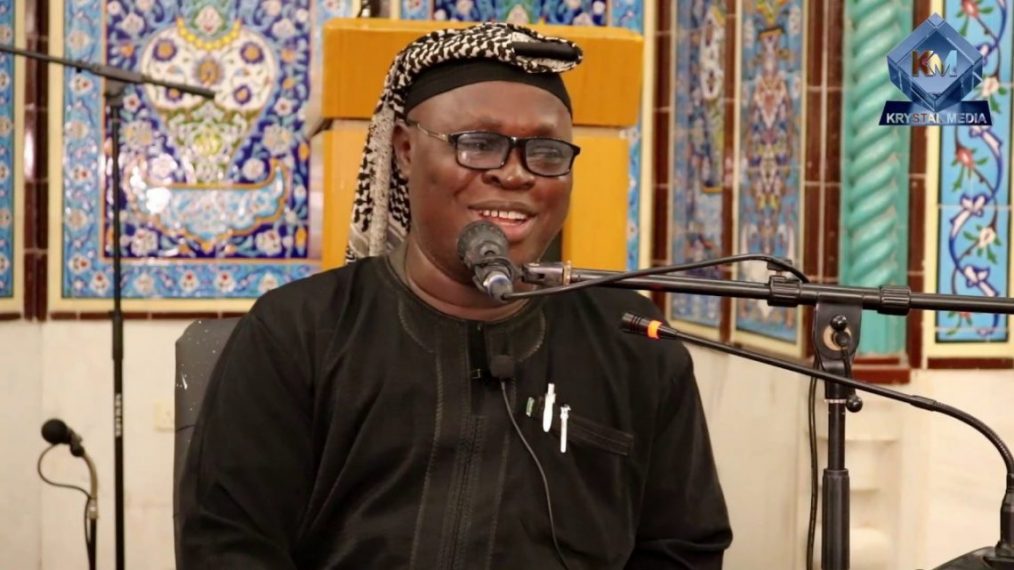
Britain’s Conservative Party members chose Ms Truss, the hawkish foreign secretary, over Rishi Sunak, the former chancellor of the Exchequer. She will replace Boris Johnson, who is stepping down after multiple scandals.
Britain’s Conservative Party announced on Monday that its members had chosen Liz Truss to replace Boris Johnson as leader, turning to a hawkish diplomat, party stalwart and free-market champion to govern a country facing the gravest economic crisis in a generation.

Ms. Truss, 47, prevailed over Rishi Sunak, a former chancellor of the Exchequer, whose resignation in July set in motion Mr. Johnson’s messy ouster. Her victory, by a margin of 57.4 percent to 42.6 percent, was widely expected in recent weeks after she took a commanding lead in the polls.
It makes her Britain’s fourth prime minister in six years and third female leader, after Margaret Thatcher and Theresa May. Like them, she will be greeted by a fearsome array of problems.
Double-digit inflation, a looming recession, labor unrest, soaring household energy bills and possible fuel shortages this winter — all will confront Ms. Truss as she moves into 10 Downing Street. She also must repair a party deeply divided after Mr. Johnson’s turbulent three-year tenure, which peaked in 2019 with a landslide general election victory but descended into unrelenting scandals after that.
In a businesslike speech to a party gathering after her victory was announced, Ms. Truss promised a “bold plan” to lower taxes and bolster the economy, adding: “We will deliver, we will deliver and we will deliver.”
Ms. Truss, who served in Mr. Johnson’s cabinet and was not part of the Tory rebellion that led to his departure, will formally assume the prime minister’s title on Tuesday in a meeting with Queen Elizabeth II at Balmoral Castle in Scotland, where the queen is vacationing. Mr. Johnson will bid farewell to the monarch just before that, drawing a curtain, at least for now, on his career as a frontline politician.
Ms. Truss, who was most recently foreign secretary, emerged from a crowded field of eight candidates by appealing to party members with a single-minded message of tax cuts and smaller government. These are reliable Tory party touchstones, but some economists said her proposals would do little to solve Britain’s problems, and could even worsen them.
Once the field narrowed to two candidates, Ms. Truss never relinquished her lead over Mr. Sunak. He would have made history of his own if he had won, becoming the first nonwhite prime minister in British history.
But Mr. Sunak’s message — that the government should not cut taxes before it tamed inflation — was less appealing to the 160,000 or so party members who cast ballots. Many also had not forgiven him for his role in Mr. Johnson’s ouster; he was one of two major Conservative figures, along with Sajid Javid, to resign from the cabinet, prompting a wave of defections that made Mr. Johnson’s position untenable.
Ms. Truss won 81,326 votes to Mr. Sunak’s 60,399 votes, a margin that while comfortable was not as overwhelming as some of the polls suggested it would be. Analysts noted that Mr. Sunak, not Ms. Truss, was the top choice of Conservative lawmakers in the first round of the leadership contest.
Still, Ms. Truss has made a remarkable political journey to the top of the Conservative Party. Raised in a left-wing family, with a father who was a mathematician and a mother who was a nurse and teacher, she was an active member of Britain’s centrist party, the Liberal Democrats, as a student at Oxford University, once calling for a vote to abolish the monarchy.









